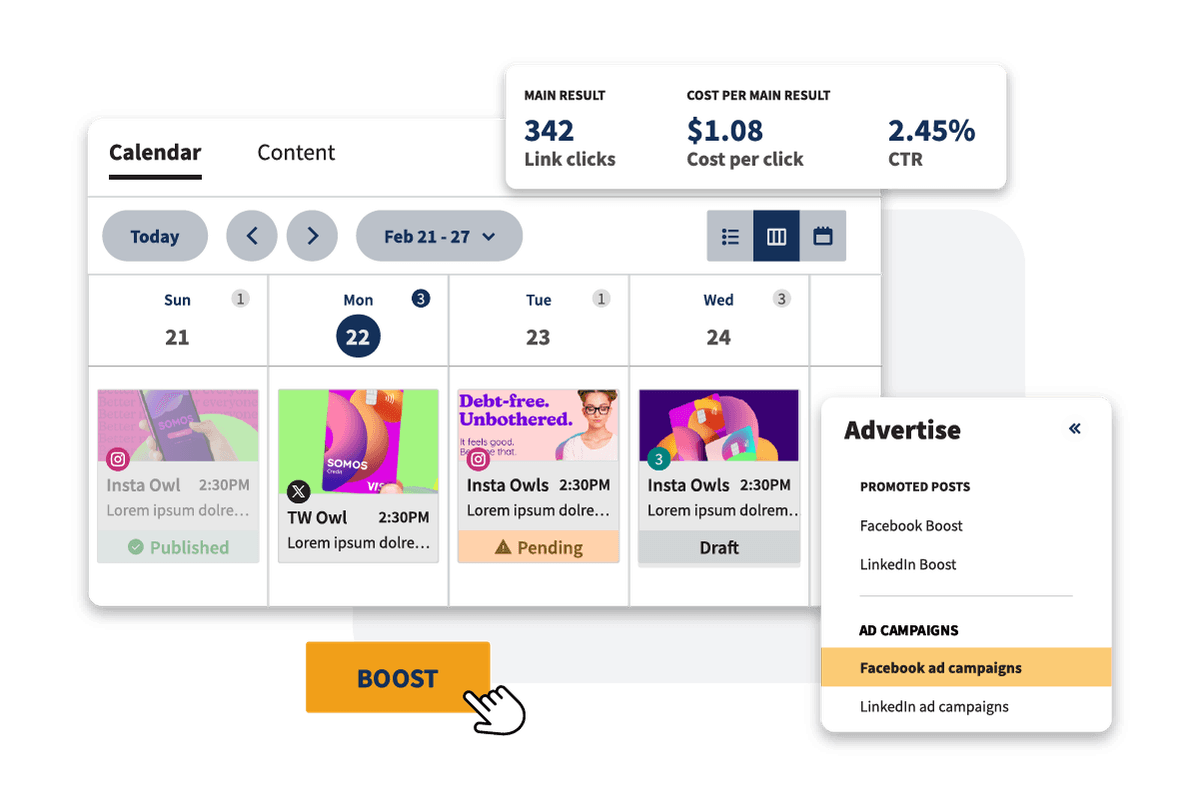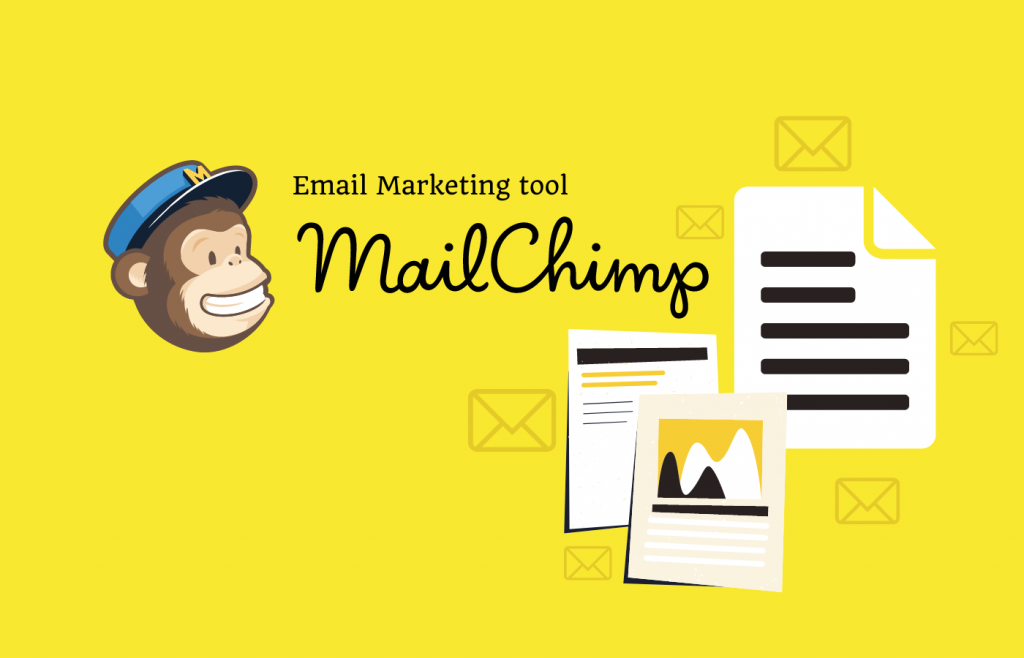The Evolving Landscape of Digital Marketing for Nonprofit Organizations
Meta Description: Explore the dynamic world of digital marketing tailored for nonprofits. Discover latest trends, best practices, and innovative strategies to enhance engagement and fundraising.
In today's rapidly transforming world, nonprofit organizations face an array of challenges that necessitate effective outreach and engagement strategies. Digital marketing represents a vital avenue for these organizations to connect with supporters, drive awareness, and amplify their missions. This blog aims to raise awareness among nonprofit entities about the evolving landscape of digital marketing, providing educational resources, best practices, and innovative solutions to enhance their effectiveness. My name is Sienna Volk, a digital marketing strategist with five years of experience helping nonprofits optimize their online presence and fundraising efforts.
As a nonprofit leader or a marketing professional in this field, understanding the current trends and technologies can empower you to navigate this complex terrain more effectively. Let’s delve into the core aspects of digital marketing that are crucial for nonprofits to find success in the 21st century.
Current Digital Marketing Trends
Increased Video Use
Video content has become a cornerstone of effective digital marketing. According to a report by Wyzowl, 86% of businesses utilize video as a marketing tool. Nonprofits can leverage video storytelling to showcase the heart of their missions. For instance, through compelling narratives, organizations can visually present their impacts, such as transformation stories from beneficiaries, thus driving engagement and fostering emotional connections with potential donors.
Rise of Mobile Marketing
Statista reports that mobile devices account for approximately 53% of all website traffic. This means that nonprofits must prioritize mobile optimization in their digital marketing strategies. Ensuring that your website and content are mobile-friendly can lead to a significant increase in user engagement and, ultimately, donations. Consider creating concise content that is easily consumable on mobile devices, such as short videos and optimized landing pages.
Case Studies of Successful Nonprofits
Charity: Water
Charity: Water has set a benchmark in nonprofit storytelling through social media. Their mission to provide clean drinking water is narrated through powerful visuals and real-life stories that resonate with supporters. This strategic approach has facilitated increased engagement and funded over 60,000 water projects globally. They illustrate how relatable and emotional storytelling can catalyze support.
Alzheimer's Association
The Alzheimer's Association has embraced the live video format through Facebook Live webinars to educate the public about Alzheimer’s disease. Their engagement metrics notably increased when they shifted to live content, allowing them to interact in real-time with viewers, clarify doubts, and create a sense of community among attendees.
Emerging Technologies
Artificial Intelligence and Chatbots
Nonprofits are exploring emerging technologies to enhance communication and donor interaction. The World Wildlife Fund has utilized chatbots to engage users with wildlife conservation information, allowing for enhanced responsiveness and interaction. By automating responses to frequently asked questions, they keep donors engaged while freeing up staff time for more critical tasks.
Augmented Reality (AR)
Augmented reality has the potential to dramatically enhance donor experiences. The National Geographic Society has harnessed AR to create immersive experiences at fundraising events, captivating potential benefactors and illustrating the impact their contributions can make. Nonprofits can consider innovative AR campaigns, making donors feel part of their mission.
Social Media Strategies
Platforms and Demographics
An understanding of platform demographics is essential for nonprofits. For instance, older audiences frequent Facebook, while younger demographics lean toward TikTok and Instagram. Tailoring your content to resonate with the primary users on each platform maximizes impact. Engaging younger supporters through innovative TikTok challenges can foster a sense of community and drive action.
Hashtag Campaigns
One successful example of a viral campaign is the #IceBucketChallenge, which raised over $220 million for ALS awareness. Creating similar, engaging hashtag campaigns can amplify outreach efforts while inspiring community participation. Nonprofits can capitalize on current trends while encouraging contributions and awareness.
Digital Fundraising Statistics
The growth of online donations speaks volumes about the importance of digital strategies. According to Blackbaud’s Charitable Giving Report, nonprofit organizations experienced a 20% increase in online donations in 2020. This shift underscores the urgent need for nonprofits to adopt effective digital fundraising strategies, from social media to targeted email outreach.
SEO and Content Marketing
Understanding the significance of SEO is crucial for nonprofits aiming to increase their online visibility. A report by Search Engine Journal highlights that 93% of online experiences begin with a search engine, making it vital for nonprofits to optimize their websites and content. Basic SEO tips include conducting keyword research, utilizing meta descriptions, and crafting engaging blog posts that improve rankings.
Donor Engagement Metrics
As nonprofits navigate the digital landscape, understanding donor engagement metrics is essential. Data from Nonprofit Source indicates that email marketing boasts an average ROI of $42 for every dollar spent. To maximize this return, nonprofits can implement strategies for effective email captures such as incentivizing newsletter sign-ups or promoting exclusive content.
Tools and Resources
Here’s a list of specific tools that can assist nonprofits in their digital marketing efforts:
| Tool | Description |
|---|---|
| Hootsuite | Manage social media channels efficiently and schedule posts in advance.  |
| Google Analytics | Track website traffic and gain insights about user behavior. |
| Mailchimp | Create and manage effective email marketing campaigns.  |
| Canva | Design engaging visuals for social media and marketing materials. |
| HubSpot | Utilize various marketing tools, including ebook creation and SEO optimization. |
Trust-Building Facts and Data
Research from the Nonprofit Marketing Guide uncovers pivotal data on nonprofit digital engagement trends and offers actionable recommendations tailored for organizations seeking improvement.
Inviting insights from industry experts further solidifies the blog’s credibility. Including their opinions and analyses provides depth, presenting a holistic viewpoint on the evolving digital marketing landscape.
Best Practices and Frameworks
Incorporating proven frameworks like the RACE Framework (Reach, Act, Convert, Engage) equips nonprofits with a structured approach to digital marketing. This method enhances their effectiveness in reaching new supporters while guiding them through the process of engagement and conversion.
Legal and Ethical Considerations
Adhering to legal and ethical marketing practices is essential. Nonprofits should cultivate a thorough understanding of GDPR regulations and data collection ethics to foster donor trust while complying with legislation. Transparency in how data is used is critical for building long-term relationships with supporters.
Conclusion
The dynamic landscape of digital marketing represents an exceptional opportunity for nonprofits to connect more meaningfully with their audiences while advancing their missions. Understanding trends, successful case studies, and best practices can empower organizations to innovate and adapt in an ever-evolving environment.
By embracing digital marketing strategies, you can not only raise awareness and engage your community but also inspire innovation and collaboration. As you explore these insights, consider how your organization can integrate these practices and enhance its impact. For more tips and resources on optimizing your nonprofit marketing strategies, feel free to explore our related content. Engaging with these evolving practices today can lead to significant gains in your outreach efforts tomorrow.
